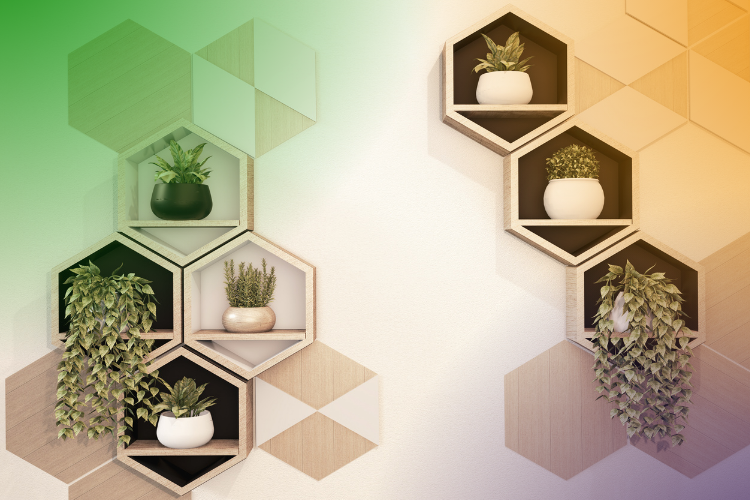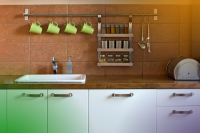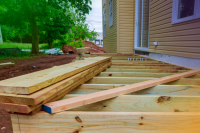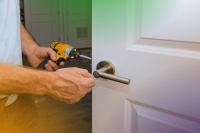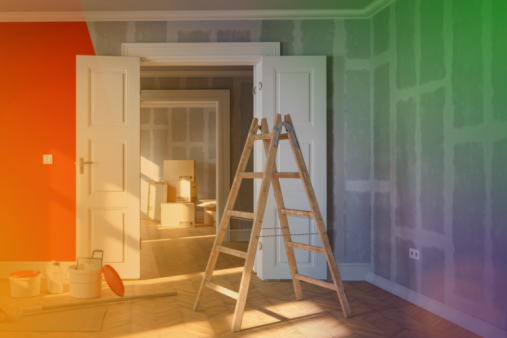Floating shelves are a modern alternative to more traditional shelves which are secured by brackets.
Widely available from all major DIY stores and other home retailers, floating shelves are no more expensive than other types of shelves either.
They can be used to store books, ornaments photos or anything else of your choosing, and all it takes to put up floating shelves yourself is a bit of preparation and a few basic tools.
Equipment Needed to Install Floating Shelves
Before rushing off to the DIY store to stock up on rawl plugs and screws, check to see whether these are included in the pack of shelves you have bought.
They often are, but you will need to have some other basic tools such as a spirit level, hammer and a drill.
If you are planning on storing heavy books or other weighty objects on your new shelves it might be worth looking for stronger screws and fittings to strengthen the shelf.
Planning the Layout for Floating Shelves
Before diving in and starting to drill holes in the wall, plan out carefully where you want to position your shelves.
Leave at least 30cm between shelves to accommodate most books.
It’s also worth getting a cable and pipe detector and running it over the walls in the area where you are planning to drill so you can avoid drilling into your electricity or water supply.
Mark the places you are going to drill with a pencil, and make sure you are happy with all of the positions before you start.
Drilling the Holes and Fitting the Shelves
The method used for fitting floating shelves will vary depending on the way they have been designed, but most are designed with some style of bracket which is fixed to the wall and then the shelf slides on top, hiding the brackets.
Drill the holes for the first bracket and attach it to the wall.
Use your spirit level to mark the positions of the other brackets. It’s important to take your time over this stage as rushing many mean that the end result is squint.
Keep attaching brackets until you have used the number suggested to support the shelves, and then slot the shelf over the brackets.
Repeat the process for as many shelves as you need to fit.
Sorting Problems with Floating Shelves
Floating shelves have no moving parts and are unlikely to go wrong, but over time can become loose, especially if they are being used for heavy objects.
Often the problem is that the screws and rawl plugs which are supplied with the shelves aren’t strong enough, or that they are not gripping into the wall properly.
It is usually worth repositioning the brackets slightly so you are using a fresh hole in the plasterboard for differently sized screws or plugs.
You could also try adding additional brackets to support the shelves better, or switching your storage around so that lighter objects are being stored on the floating shelves.
